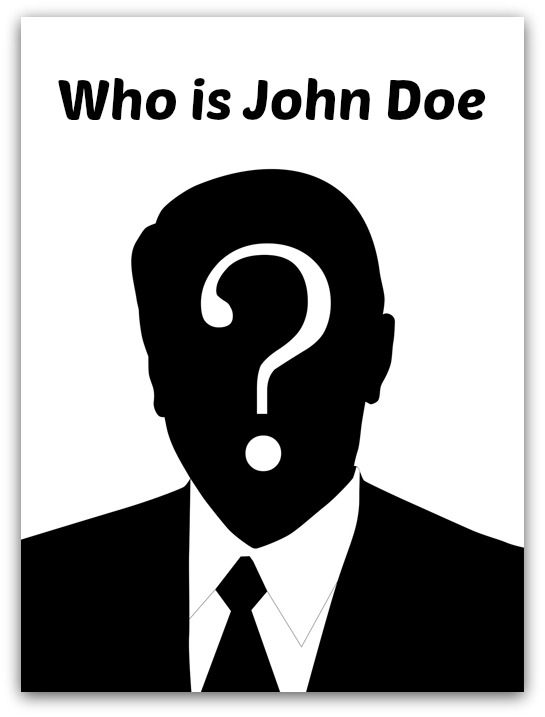Uncle John knows pretty much everything—and for what he doesn’t know, he has a massive research library. So go ahead: in the comments below, ask Uncle John anything. (And if we answer your question sometime, we’ll send you a free book!)
Why are unidentified people referred to as “John Doe” or “Jane Doe”?

John Doe continued to be a part of the English legal system via a legal matter called an action of ejectment. Landlords could avoid lengthy and complicated hearings to eject squatters or tenants who didn’t pay via an ejectment on behalf of a secretly fictional third party who had issue with the defaulting tenant or squatter, but acting anonymously out of a fear of repercussions.
The names became the go-to in the American court and legal systems, too, except when a matter involves more than one anonymous party—then Roe is used, as in the landmark Roe v. Wade trial in the 1970s.
Bonus: ever wonder where the phrase “John Q. Public” comes from? Meant to refer to a hypothetical common man, working man, taxpayer, or man on the street, John Q. Public was an editorial cartoon character created in 1922 by Chicago Daily News cartoonist Vaughn Shoemaker, and also used by Jim Lange of The Oklahoman. For decades, John Q. Public was a highly recognizable everyman (sometimes labeled “Mr. Voter”), because he looked like a midcentury man: with glasses, a mustache, and a fedora.









